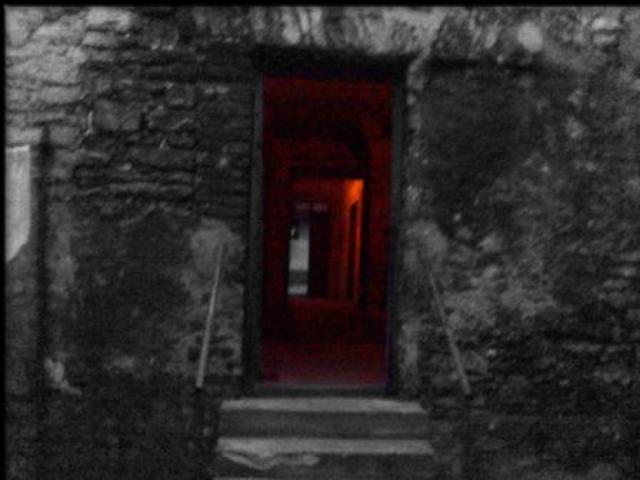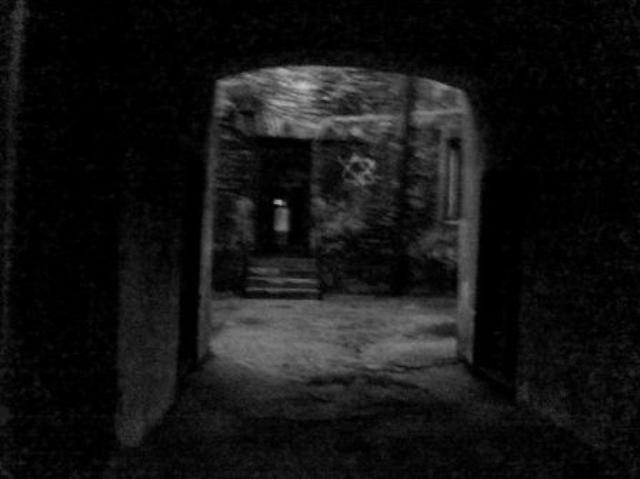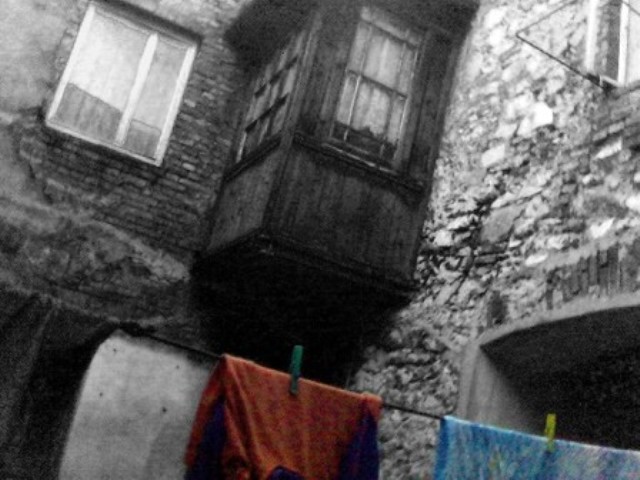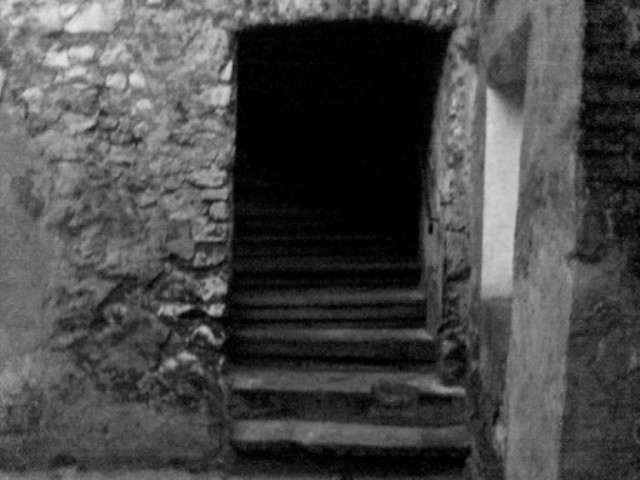„In us all,” Kafka said, „it still lives – the dark corners, the secret alleys, the shuttered windows, the squalid courtyards, (/) We walk through the broad streets of the newly built city. But inside we still tremble in the centuries old streets of our misery. Our hearts know nothing of the slum clearance around us.”
 Roaming trough an old Jewish town in Częstochowa, preserved almost intact by years of neglect, I brood on the drab prophecy of the Jew of Prague. The poet of anxiety, Kafka the writer, speaks of longing for unity in misery, for the squalor of the poor Jewish towns of Europe, the Shtetls of the past century, sometime before the horrors that wiped them out.
Roaming trough an old Jewish town in Częstochowa, preserved almost intact by years of neglect, I brood on the drab prophecy of the Jew of Prague. The poet of anxiety, Kafka the writer, speaks of longing for unity in misery, for the squalor of the poor Jewish towns of Europe, the Shtetls of the past century, sometime before the horrors that wiped them out.
These towns saw hardship; witnessed to poverty and pogroms. They were home to people divorced from their roots; yet hardened by homelessness, united in exile. In these towns, life blossomed against all odds; despite typhus, tuberculosis, scabies. Here, people learned how to to speak Yiddish, their new language. They made music – their own mixed with what they found where they arrived, and that with what they’d brought along from their unwanted travels. They ate matazah and potato peels. But their culture died, so did Yiddish, and the music is no longer composed. These towns exist though in our psyche; like ghosts, they visit and vanish into to the semi-darkness of predawn dreams.
I look at the walls of the old Shtetl in Częstochowa: the paint that sank into these walls a century ago, has long lost its colour. It peels off now and leaves odd patches of cement wounds. As I wander on, in and out tiny courtyards, up and down dwarfed stairs, below vaults too low be real, I think I travel right into Kafka’s mindscape. Kafka speaks of a fear that lives within us, like a nightmare whose recollection still haunts us; of a chaos within and without.



photos by the author